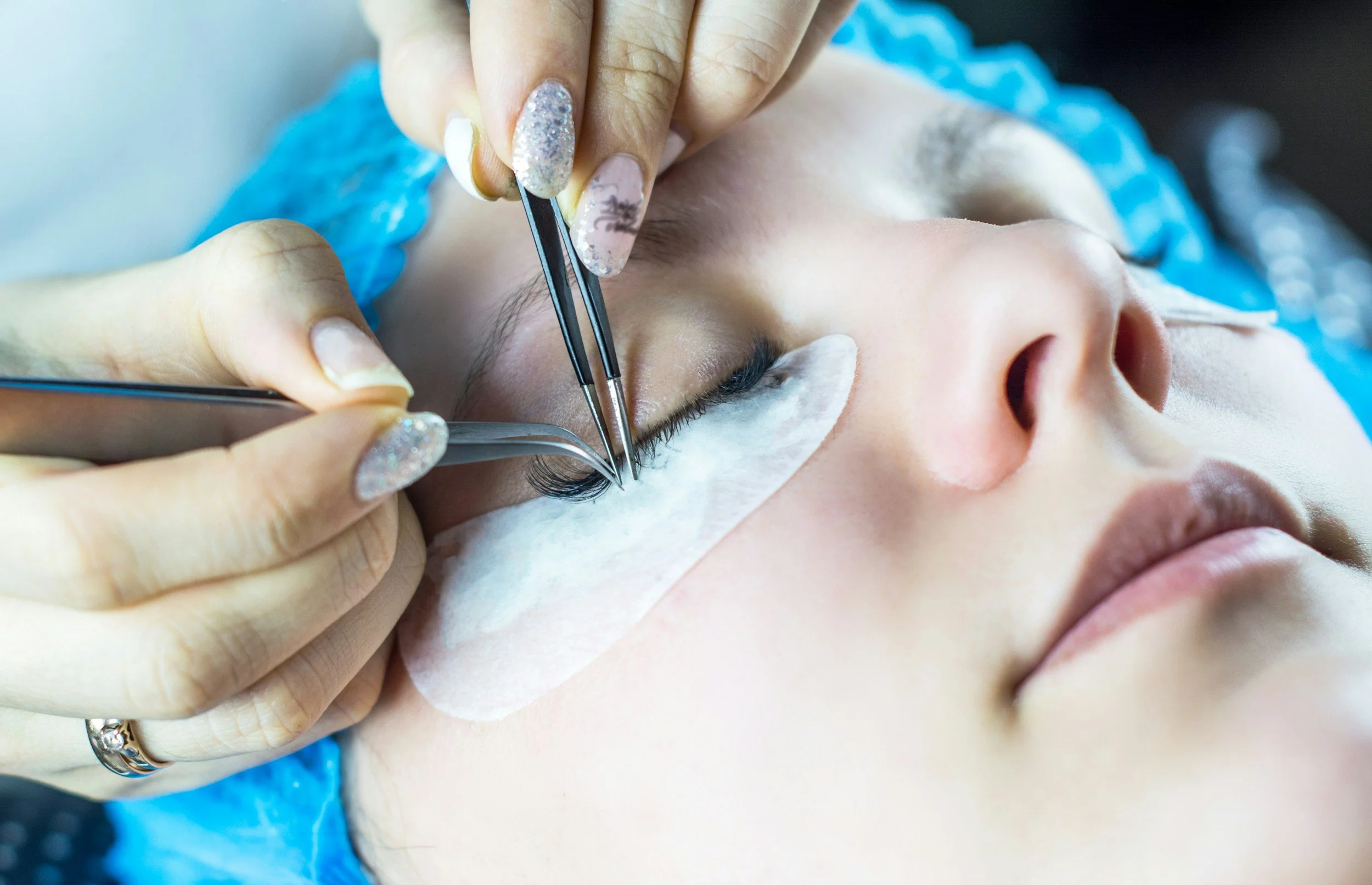Undertaking Cosmetic Procedures: Top Facts You Need To Know
By PAGE Editor
In recent times, cosmetic procedures have emerged as both a science and an art. They can provide everything from subtle feature enhancement to transformative surgeries. Before people proceed, however, they need to know what they're doing, and why. In this article, we explore some key facts you need to know about undertaking cosmetic procedures.
What They Are
These procedures encompass a wide range of treatments, designed to enhance physical appearance and boost self-confidence. They extend from non-invasive options (e.g. Botox and dermal fillers) to more intensive surgical interventions (e.g. facelifts and liposuction). The advancement of technology has led to shorter recovery times and more natural results.
For example, minimally invasive procedures are becoming increasingly popular. This is because they deliver noticeable improvements, with less risk and downtime compared to traditional surgery. Many seek these enhancements as a means to improve mental well-being or address issues stemming from body image dissatisfaction. Cosmetic procedures can therefore form part of an individual's journey toward greater self-acceptance.
Popular Types Of Cosmetic Treatments
Dermal fillers and Botox are celebrated for their ability to smooth fine lines and add volume. They provide instant results and allow patients to quickly resume their daily activities. Many people now combine these treatments with skincare regimens focusing on long-term skin health. This demonstrates a holistic approach rather than just surface-level enhancements.
There are also non-surgical body contouring treatments such as CoolSculpting and Emsculpt. They enable people to refine their physique without the extensive recovery time associated with traditional surgeries. Specialist websites discuss an extended tummy tuck before and after, and things like scarring, pre-op preparation, and post-operative care. You can learn about surgical techniques, procedure duration, anesthesia, and potential risks and complications.
The Costs Involved
The initial price tags advertised by clinics can seem enticing. However, the total expense often extends beyond the procedure itself. It may include consultation fees, anesthesia, post-operative care, and potential follow-up visits. It's vital to budget for ancillary costs like pre-operative assessments or medications needed during recovery.
The experience level of your practitioner and the geographic location can dramatically sway prices. Metropolitan areas generally carry higher costs than small towns. It's important to choose quality over cost-cutting options. Lower-priced services may compromise safety. They might result in unsatisfactory outcomes that require corrective work (an expense that can multiply quickly).
Benefits And Risks To Consider
Many individuals feel more confident and content in their appearance after a procedure. This newfound assertiveness can permeate various aspects of life, from personal relationships to professional opportunities.
In terms of risks, some procedures could result in infection or scarring. Also, the anticipation surrounding a procedure may not always align with reality. It can lead to feelings of disappointment or regret if expectations aren't met. Societal pressures and unrealistic beauty standards can exacerbate these emotions. It's therefore crucial to think things through before going under the knife. You may perhaps choose less invasive options as a result.
Choosing The Right Practitioner
Certifications and years of experience are crucial. You also need a practitioner who takes the time to understand your unique goals and concerns. This can create a more tailored experience, leading to more satisfactory results. Schedule consultations with several specialists to gauge their technical expertise and rapport.
Scrutinizing before-and-after portfolios is invaluable. Look for consistency in their results across multiple patients, rather than just standout cases. This way, you can see how they perform with different facial structures and body types.
Preparing For Your Procedure
Establish clear communication with your surgeon, discussing your goals and any concerns. Creating a checklist of questions will help you foster a collaborative relationship with your medical team.
Arranging support from friends or family post-surgery can make recovery feel less isolating. Their encouragement can prove invaluable as you embrace your new self and navigate the healing journey.
Recovery Time
This can vary widely - depending on the type of surgery, individual health factors, and personal care practices. Some treatments offer immediate results, while others require patience as you experience swelling and bruising. You may require days off work, and time to mentally adapt to your new appearance.
Gentle activities like walking can enhance circulation and speed up healing. However, listen to your body and avoid rushing back into strenuous routines. Having someone around to assist with daily tasks can foster a smoother recovery experience.
Cosmetic procedures require careful consideration of the potential risks, costs, and expected outcomes. Thoroughly researching options and consulting with qualified professionals ensures safe and satisfactory results. By understanding the psychological implications and setting realistic expectations, you'll achieve a more positive outcome.
HOW DO YOU FEEL ABOUT FASHION?
COMMENT OR TAKE OUR PAGE READER SURVEY
Featured









Tap to read…